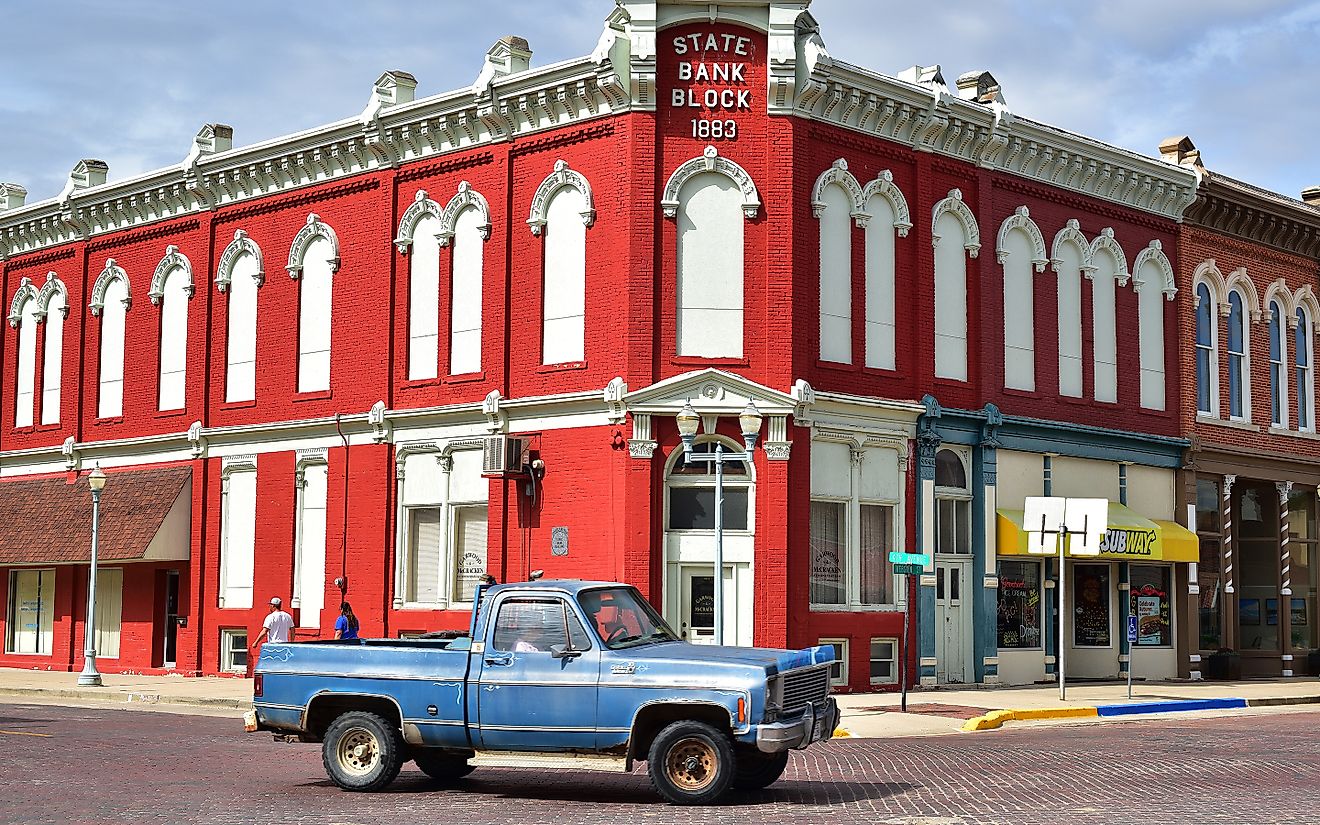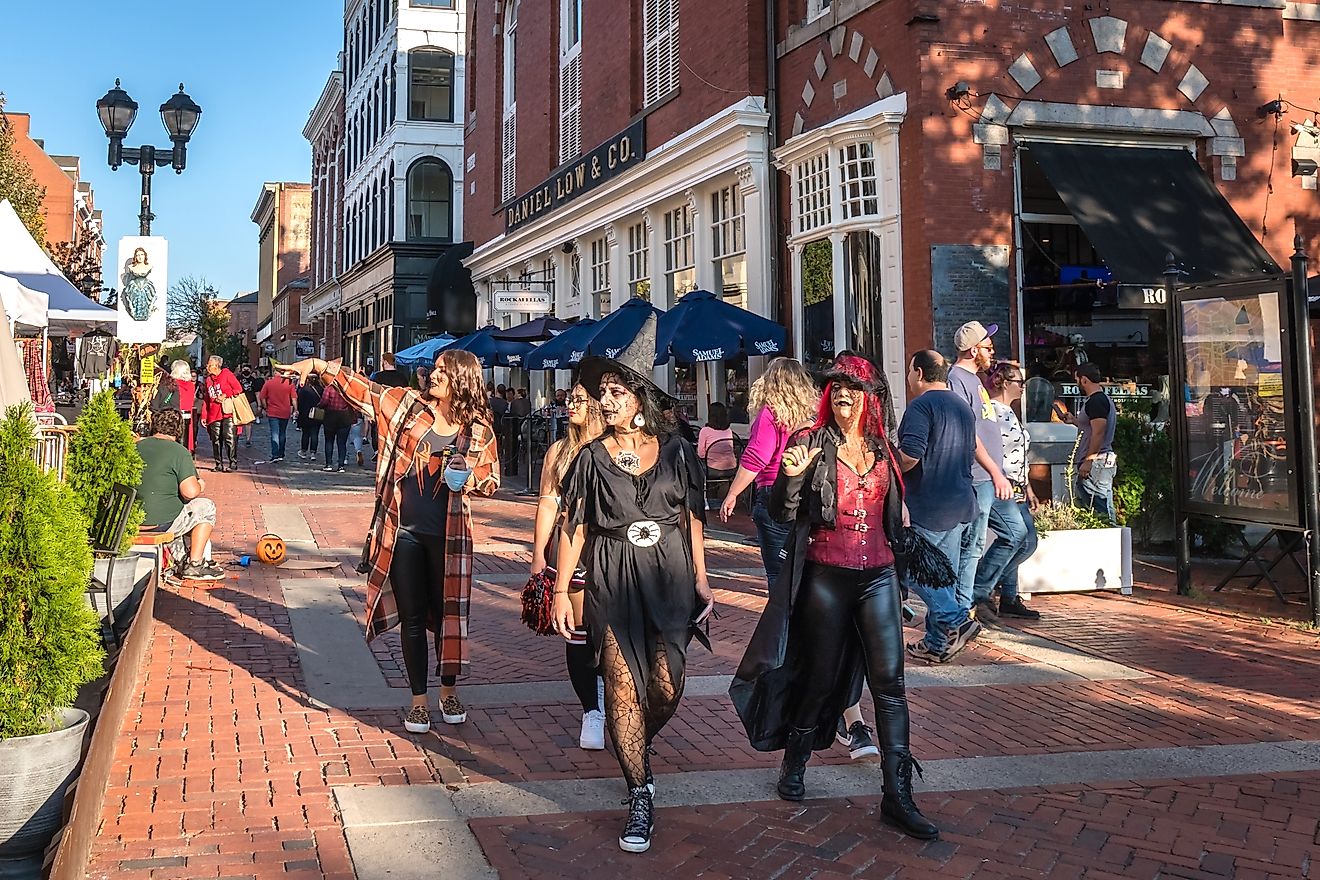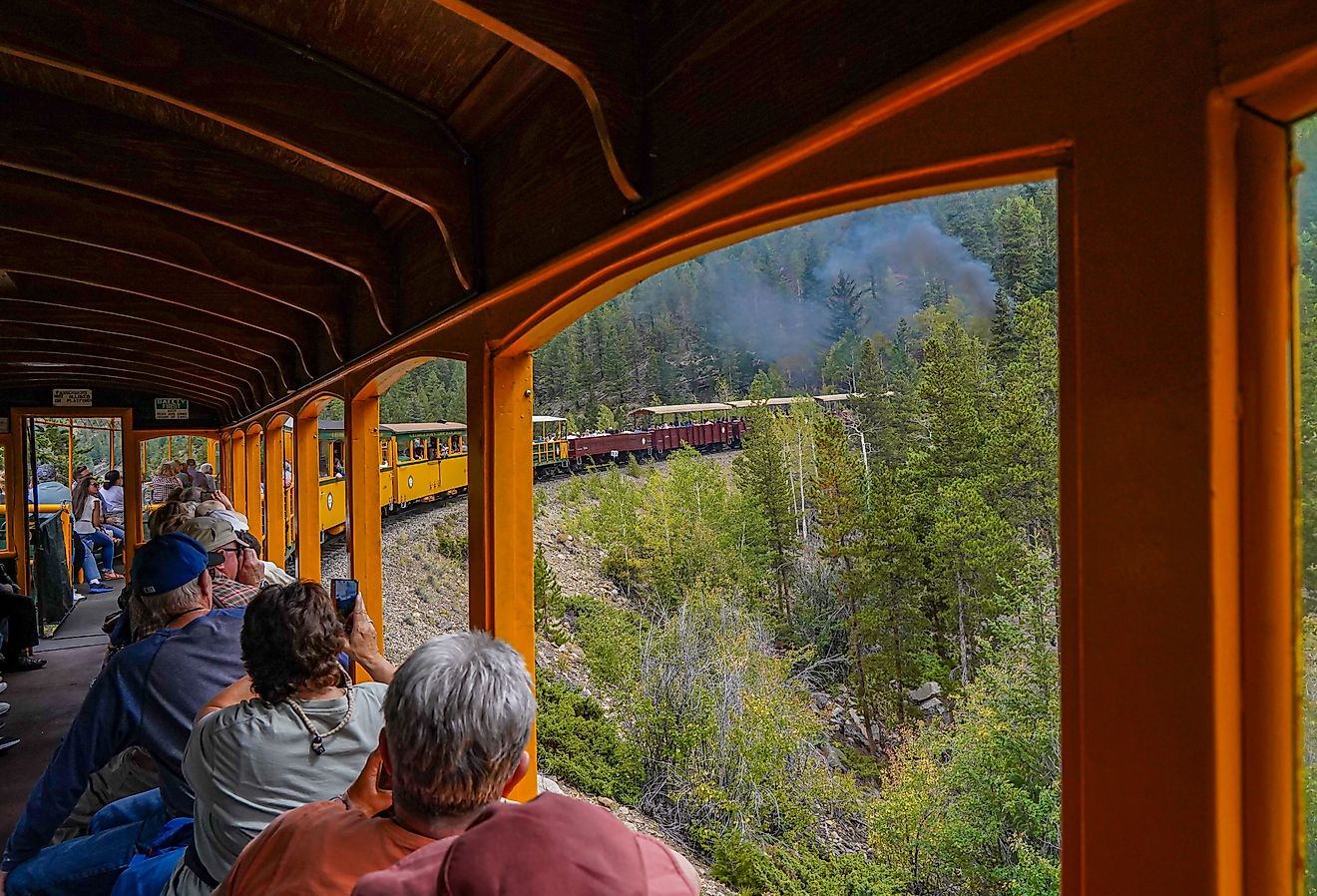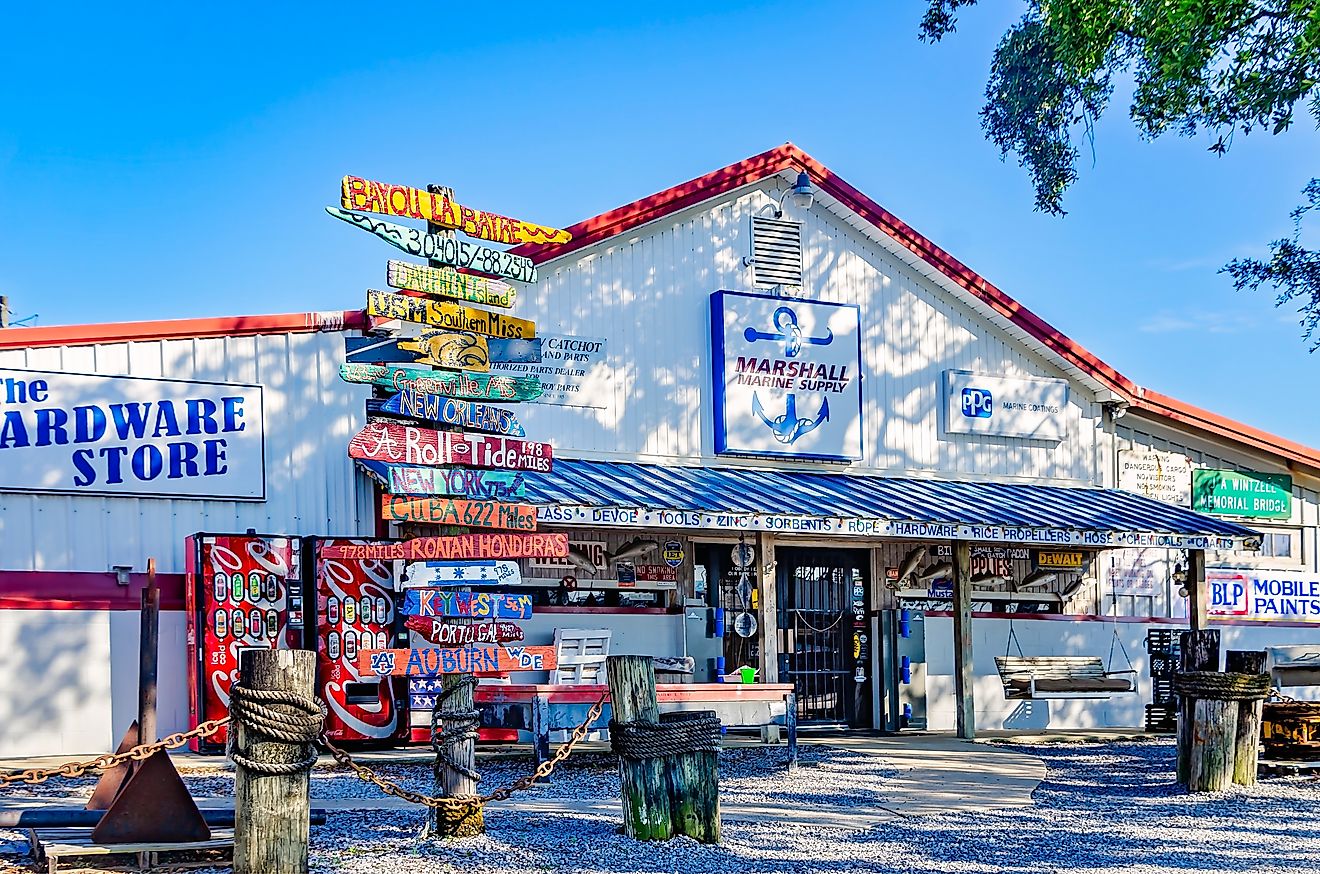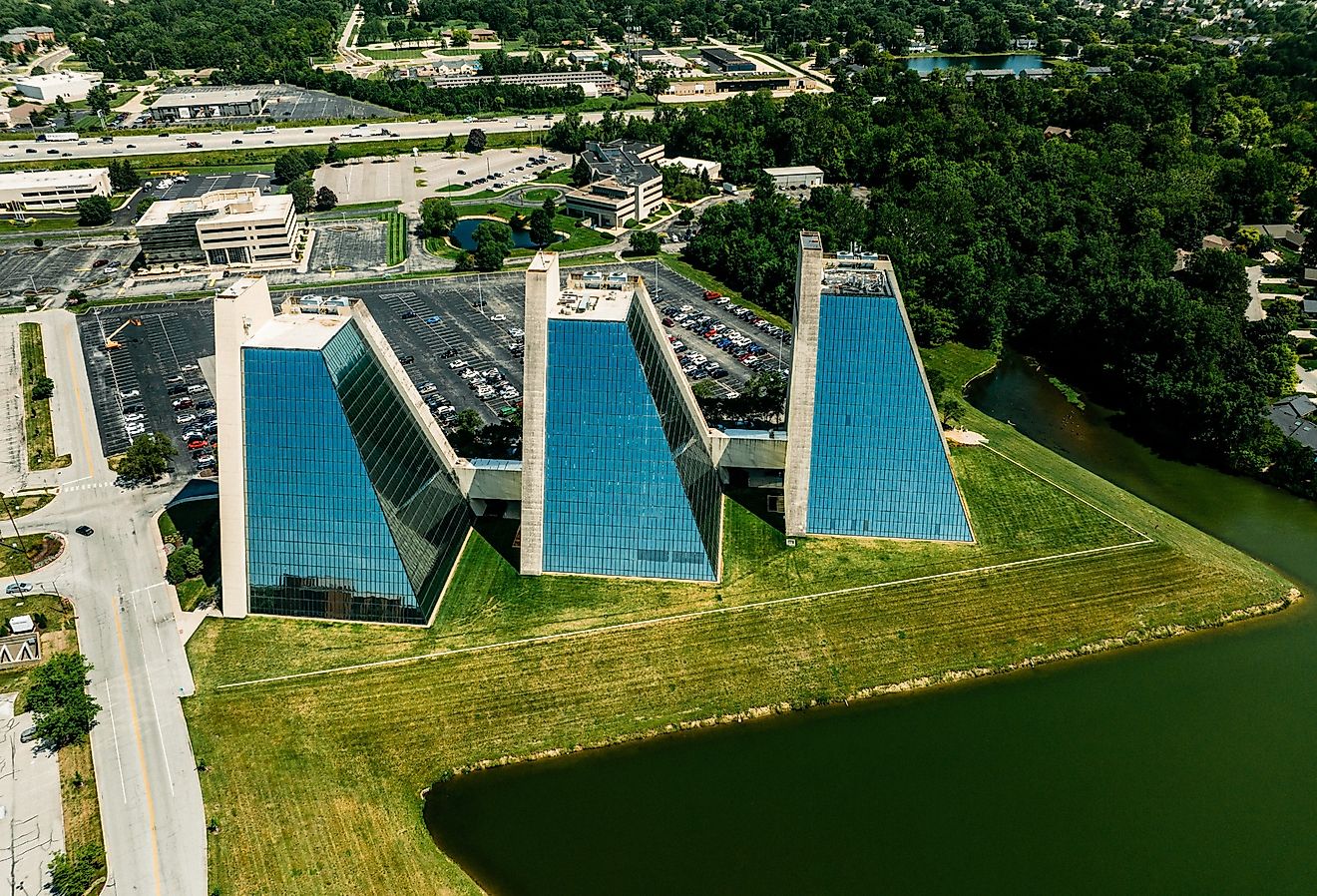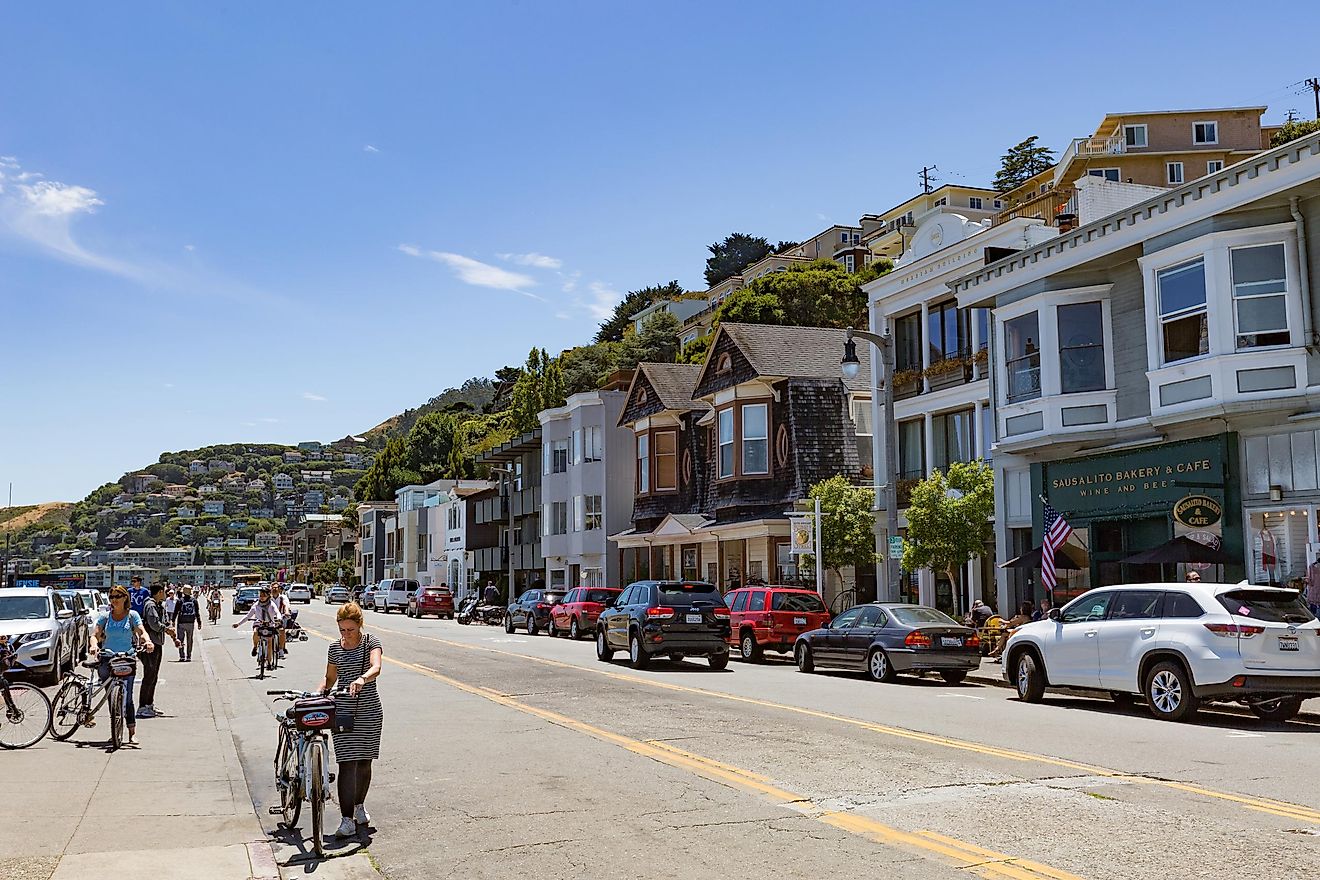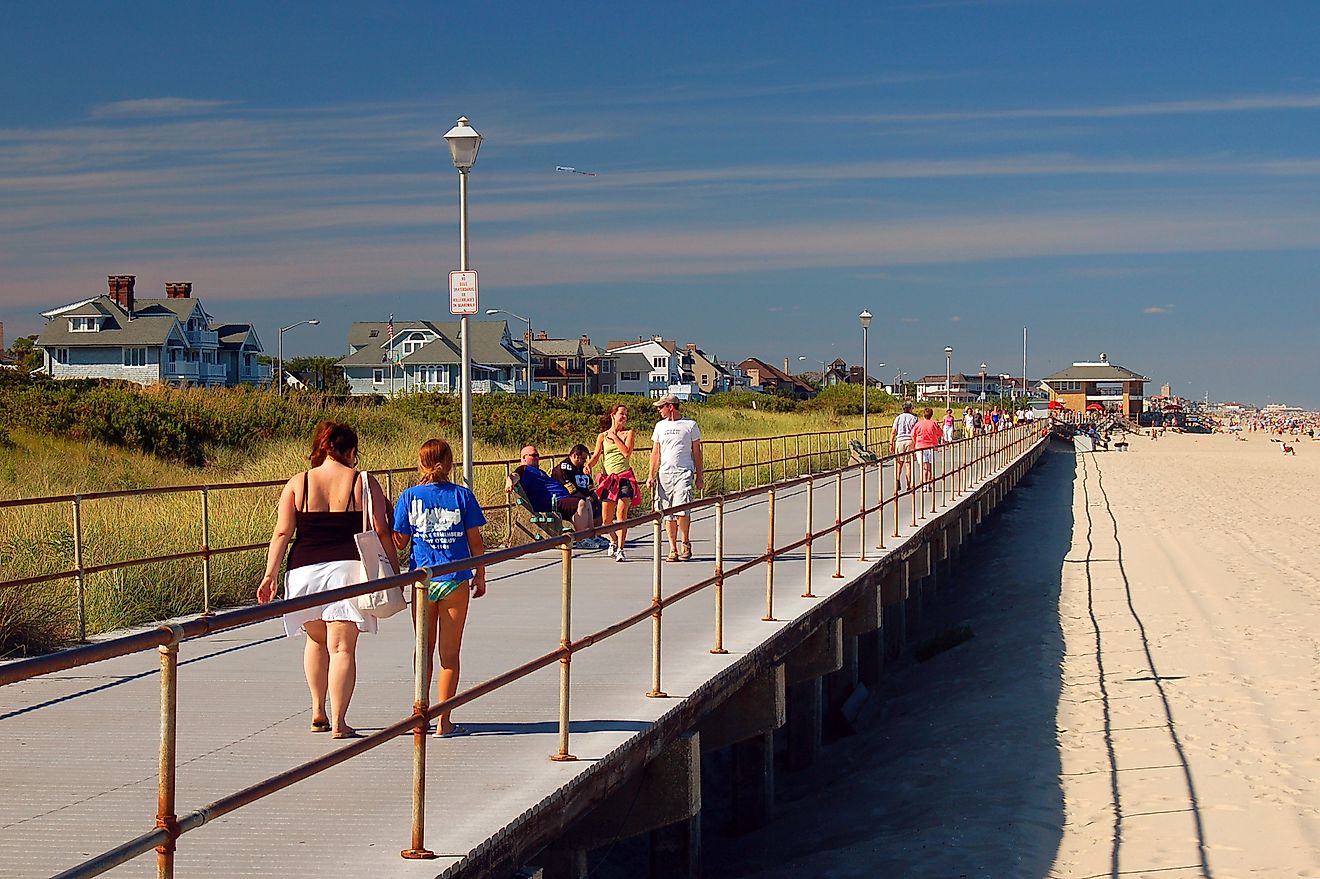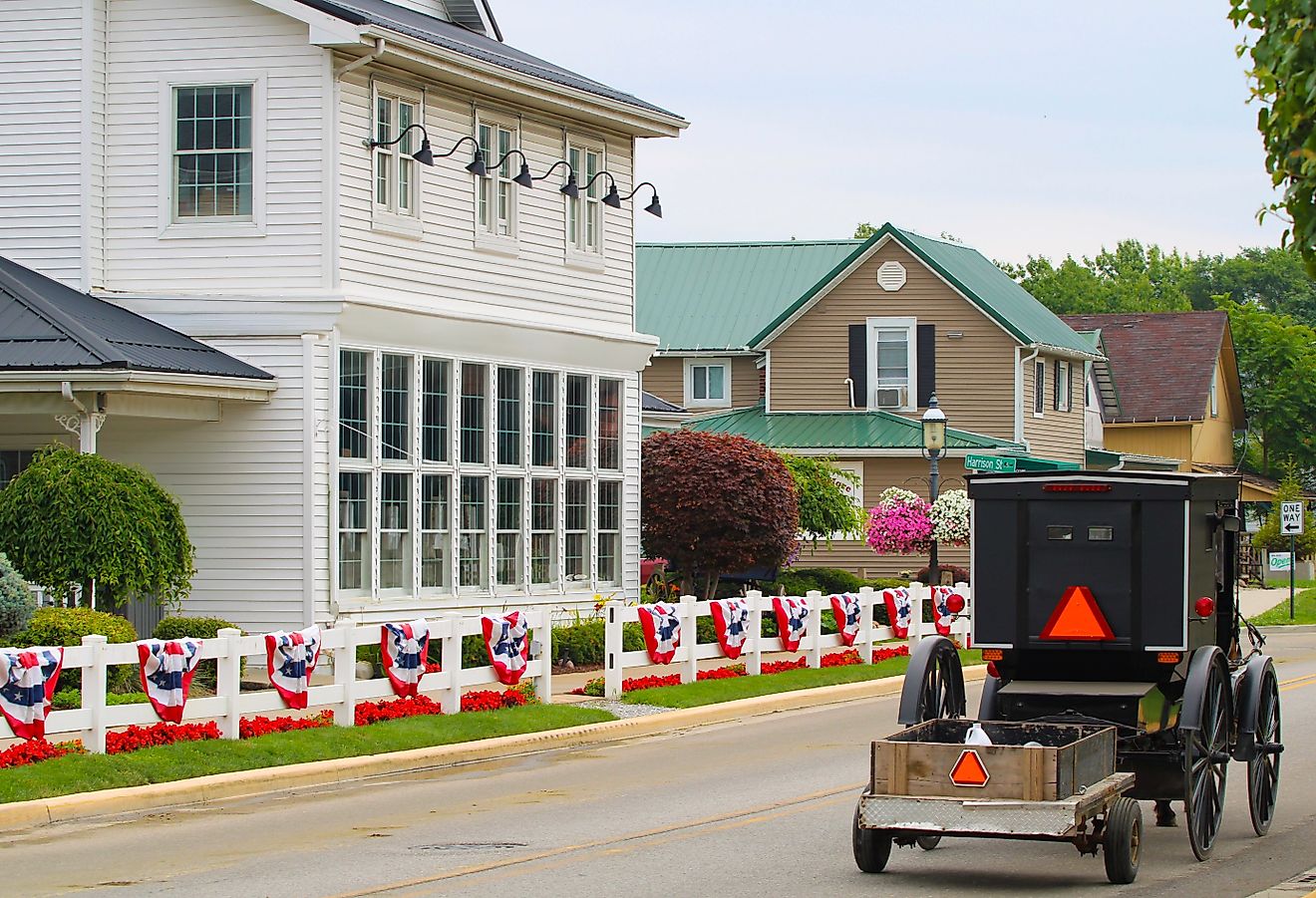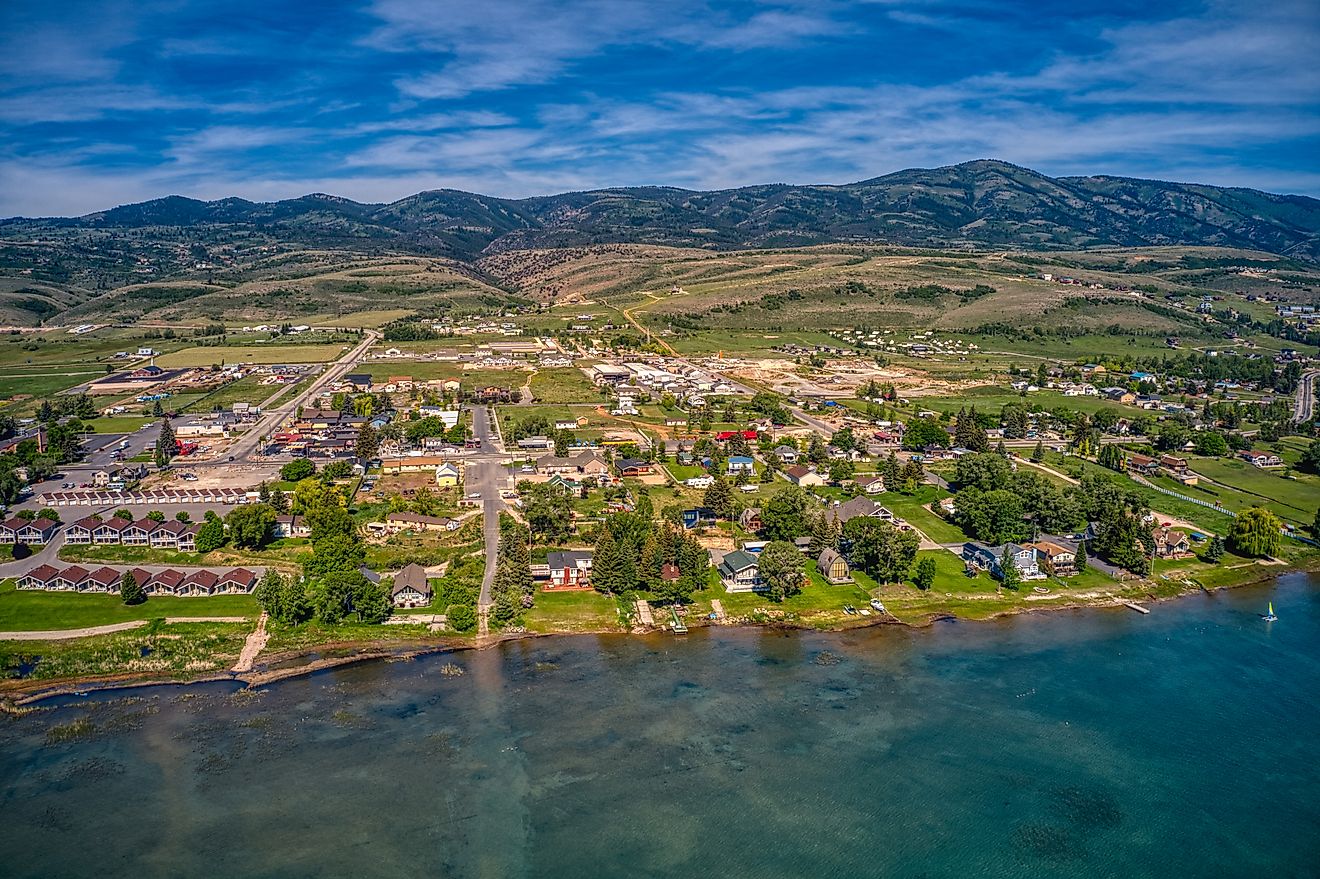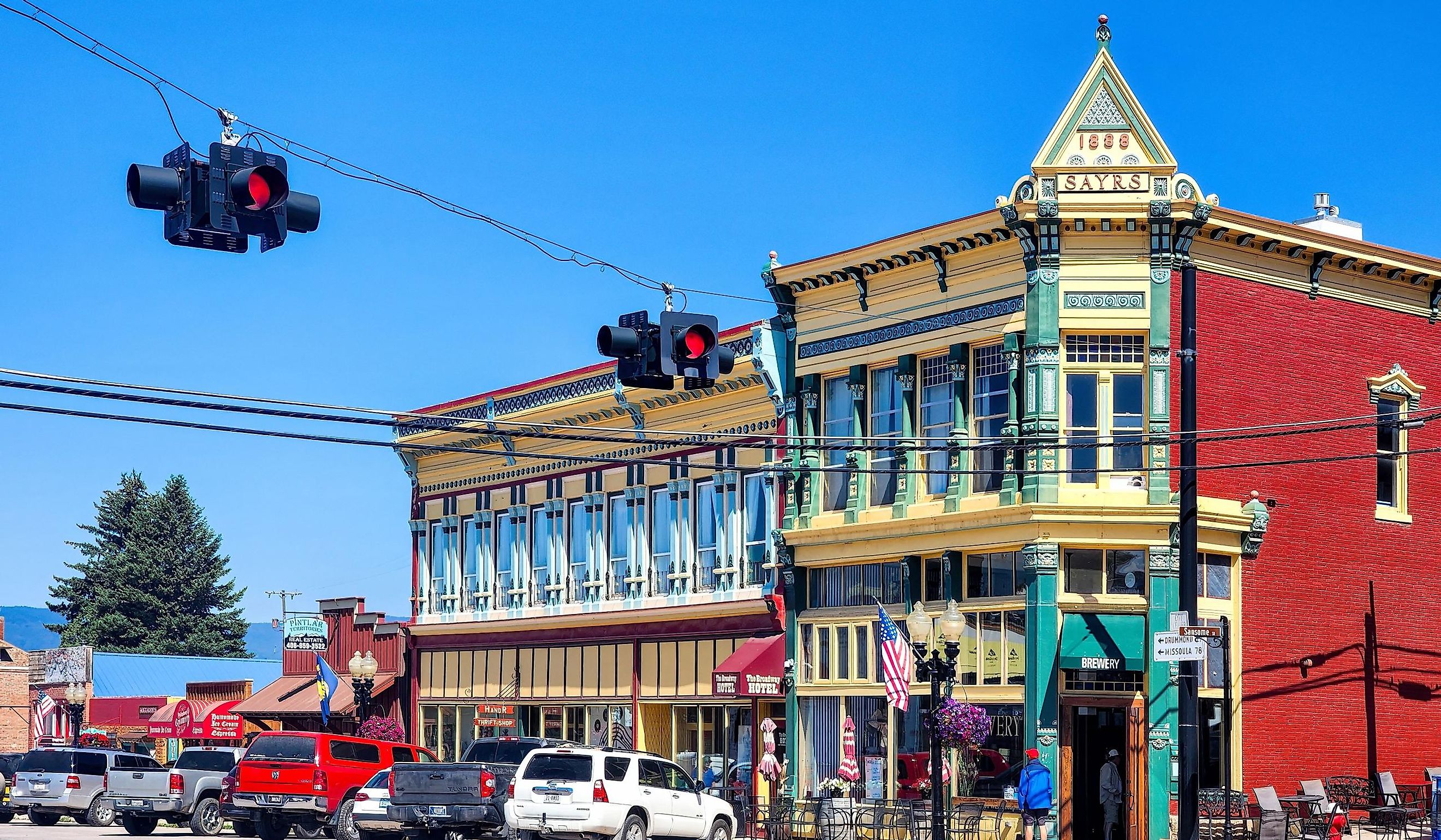
These 8 Towns in Montana Have Beautiful Architecture
Montana is known for its alluring, rugged landscapes, with roots in mining and ranching. But these small towns are rich in more than just silver and copper; each brick and stone that built this vast state uncovers a rich past integral to the country’s foundation.
Whether visiting Stevensville to witness the first traces of Montana’s European settlement, journeying through Helena—a town once home to the most millionaires in the world per capita, or exploring “The Richest Hill on Earth,” these towns all have their own stories to tell, told through historic buildings and districts that continue to inspire and intrigue visitors today.
Butte
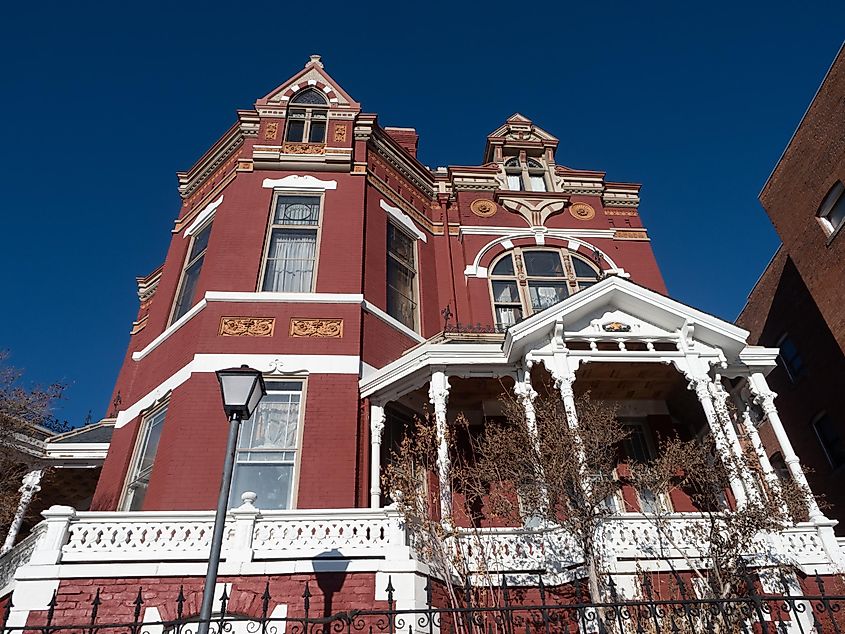
Considered by many as Montana’s most historic city, Butte was once the largest city west of the Mississippi River. The town, known as “The Richest Hill on Earth,” had rich beginnings in mining; shortly after being founded as a mining camp in the 1860s, it grew to become the U.S.’s largest copper producer.
Today, its Victorian-style business district and the numerous mansions in the area preserve much of the town’s heritage. Among the most charming and impressive of them is the Copper King Mansion, named after one of the state’s “copper kings,” William A. Clark. Today, it serves as both a museum and a bed and breakfast. Built in 1884, this mansion demands attention with its 34 rooms, looming rooflines, stained-glass windows, and frescoed ceilings.
Another structure tied to William A. Clark’s legacy is the Clark Chateau, built for his eldest son in 1898. This 13,000-square-foot Chateau, inspired by the French countryside manors of the Old World, rises four floors and contains 26 rooms and seven fireplaces. Its grand, gothic presence would not feel out of place in a Charlotte Brontë novel.
Livingston
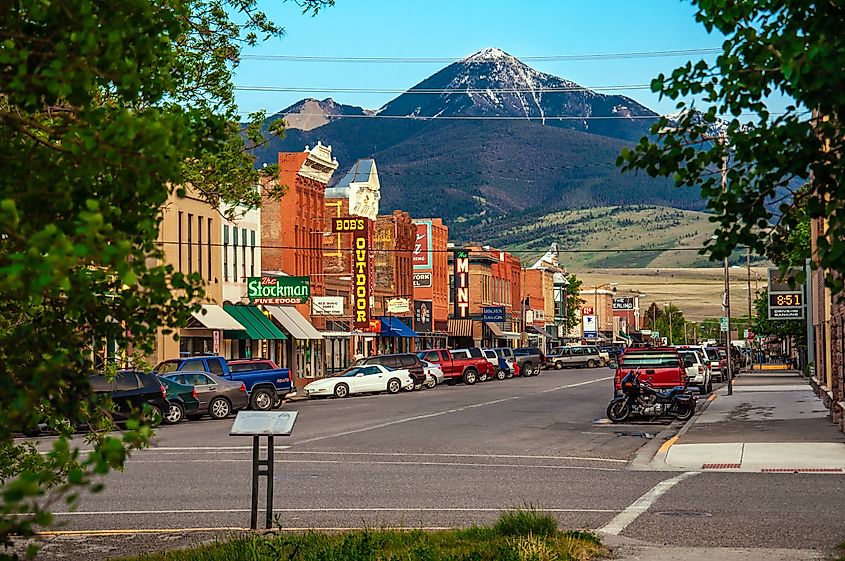
Livingston is hunkered down atop the mighty banks of the Yellowstone River and offers endless activities. From avid outdoors enthusiasts to ardent art connoisseurs, this town has something for everyone.
When strolling along the wide streets of the picturesque downtown area, visitors and locals alike are taken aback to a bygone era. Cafes, restaurants, and art galleries—many featuring some of the most notable Western artists—line the streets, making for the perfect night on the town.
One building that always catches the eye of visitors is the Livingston Depot. Built in 1882, this historic railway station was later redesigned to keep up with the increasing number of passengers on their way to Yellowstone National Park. Notably, Reed & Stem, the same architects who designed New York’s Grand Central Station, developed the updated version. Today, it exists as a museum in which visitors can relive Livingston’s rich history through events and exhibits.
Philipsburg
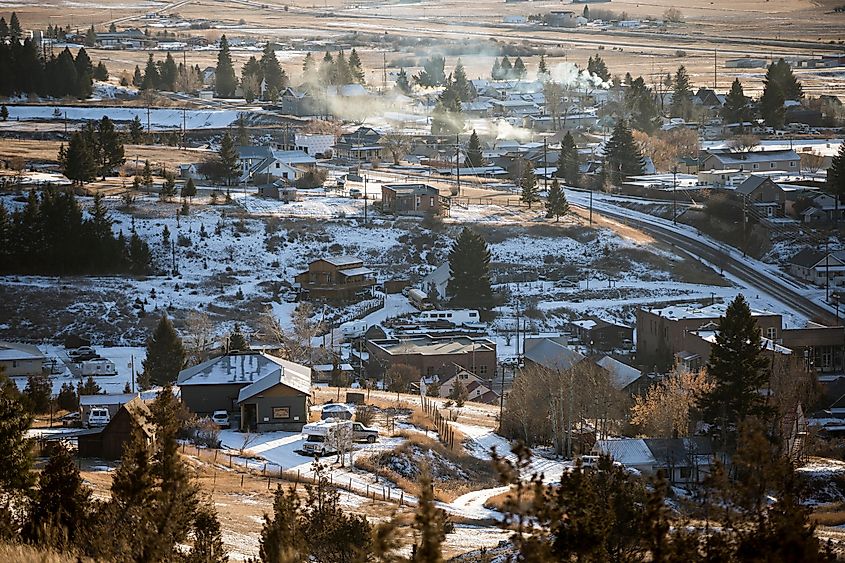
This 1890s mining town has survived to become one of Montana’s most impressively restored communities. Unsurprisingly, its attention has led to awards such as Sunset Magazine’s “Best Municipal Makeover and Reinvention.”
Charming late-nineteenth-century shops, museums, cafes, and restaurants dating back to the booming silver mining age preserve this historic district. In 1864, after initially discovering silver in Philipsburg, the town was reported to have begun to grow at the “rate of one house per day.”
Some notable historic buildings listed on the National Register include the Philipsburg School, the Queen Anne-styled Granite County Jail—with its imposing medieval-styled tower pointing straight to the vast Montana sky, and the Classical Revival-styled Granite County Courthouse—constructed of meticulously cut Montana granite. For a spectacular view of the town, you can climb the hill above the courthouse and see Philipsburg for all its preserved beauty.
To quench your thirst after a long day of exploring, feel free to stop by the Philipsburg Brewing Company located in one of the town’s distinctly historic, colorful, and ornate buildings. This one cannot be missed: just look for “BREWERY” in large gold lettering on its glass windows.
Hamilton

Like Philipsburg, this town will make you feel like you have gone back in time with its pristinely preserved architecture and historical vibe, having any visitor feel like they are a part of something truly remarkable.
Hamilton’s downtown Commercial District is on the National Register of Historic Places and includes some of Montana’s most impressive 19th-century buildings.
The Daly Mansion once belonged to one of Montana’s famous “copper kings,” Marcus Daly, who purchased the property in 1886 as a summer home. The mansion has over 50 rooms, which can be seen by booking a guided tour.
What was once the Ravalli County Courthouse is now a museum built in 1900. Fortunately, this magnificent building was saved from a wrecking ball in 1979 and continues to be one of Montana’s most opulent museums, offering many unique historical exhibits and collections.
Stevensville

In 1805, Lewis and Clark strolled down what is now Main Street in Stevensville on their journey through the Northwest. Later, in the 1840s, Jesuit missionaries worked with the Bitterroot Salish Tribe to build a small church, which still stands today as part of St. Mary’s Mission & Museum, “where Montana began.”
Some buildings, such as the Odd Fellows Hall, built in 1912, have been listed as individual entries in the National Register. Other entries, however, document entire areas of the town; Stevensville’s charming, well-preserved historic residential neighborhood is listed as a National Register historic district.
“The Thornton,” also known as The Stevensville Hotel, was built as a hospital in 1910 and operates today as a cozy, period-accurate hotel. Visitors delight in watching the sun rise over the Bitterroot Mountains from the comfort of the hotel’s porch. So, feel free to pour yourself a warm cup of coffee, pull up a rocking chair, and experience this magnificent view for yourself.
Helena
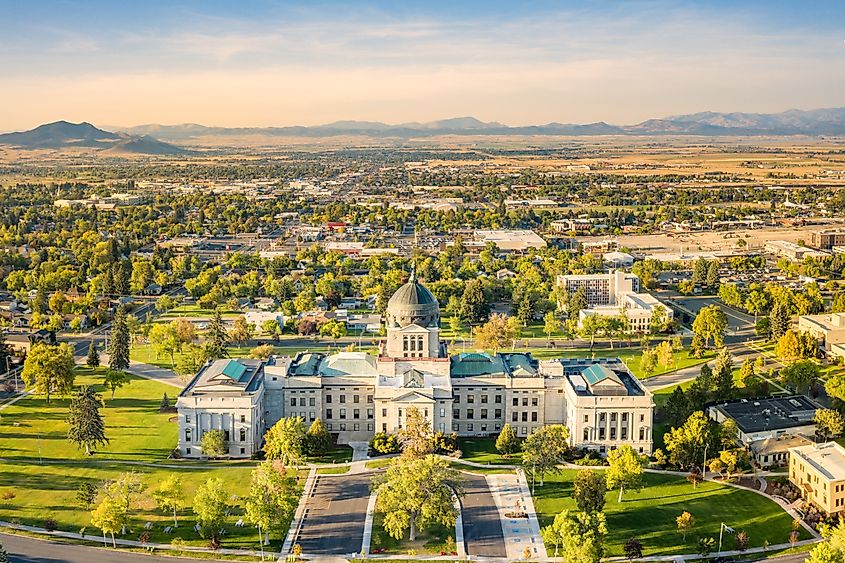
Helena, Montana’s state capital, is home to several museums and historic sites that offer visitors an authentic experience while exploring the historically rich area. Visitors can fill their days touring microbreweries, walking trails, observing art galleries, and dining at some of Montana’s finest restaurants—such as Lucca’s, an Italian restaurant awarded The Best Restaurant in Montana three years in a row by Business Insider magazine.
Among the many must-see areas in Helena is the picturesque Mansion District, which is exactly as it sounds. Sightseers love taking walking tours, weaving through these historic streets lined with tall trees, stone walls, and fresh-cut grass to witness the grand mansions that inhabit the area. A notable building in this district is the Original Governor’s Mansion, a Queen Anne-styled mansion built in 1888 by William Chessman to symbolize this wealth and influence.
In 1904, A.O. Von Herbulis built The Cathedral of St. Helena to equal the grand cathedrals of Europe. Visitors cannot miss this amazing feat of Vienna-inspired architecture for a taste of European culture right here in Montana. Another sight not to be missed is the Montana State Capitol. Here, visitors revel in a building that perfectly captures Montana’s rich history, art, and classical architecture.
Deer Lodge
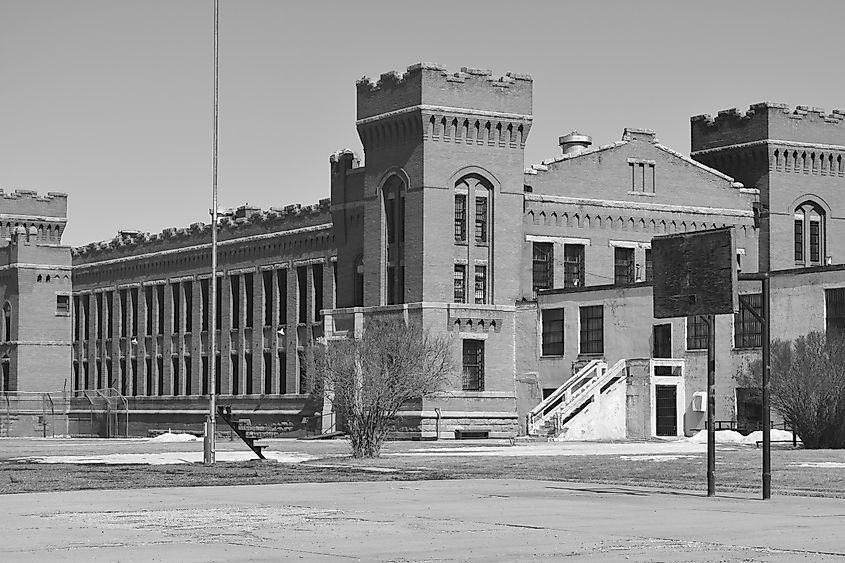
Surrounded by stunning mountain ranges on both sides, this meadowland offers visitors several opportunities to discover a historic past infused with a welcoming vibe from the locals. For those interested in the area’s history, no other town in the Northwest contains as many museums as Deer Lodge.
Although Deer Lodge began as a mining town, it has grown to become a significant center of agriculture. Perhaps showcasing this area’s agricultural roots best is the Grant-Kohrs Ranch National Historic Site. Visitors can live like cowboys of the past as they explore the expansive land, walk through the narrow bunkhouses, and hang out among real Rangers to learn about life on the ranch.
Deer Lodge is best known for one of the most unique structures in Montana, and perhaps even the country—the Montana State Prison. Now a collection of museums, this structure has 24-foot-high sandstone walls and medieval-styled turreted towers, giving the complex an intimidating and imposing feel. You can take a tour from the dreary Cell House, through the slide bar cells, to the Maximum-Security black box. Impressively, the complex contains five museums: the Old Montana Prison, Powell County Museum, Frontier Montana Museum, Yesterday’s Playthings, and the Montana Auto Museum.
Anaconda
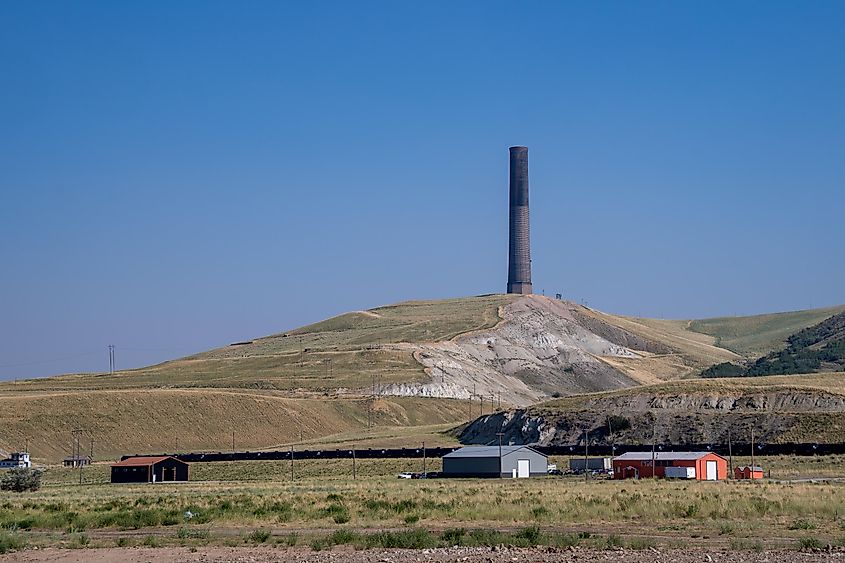
Anaconda was born out of the need for a smelter to support Butte’s increasing supply of copper ore. Between 1883 and 1889, Marcus Daly built the world’s largest smelter here. Although smelting operations ceased in 1980, “The Stack,” still one of the tallest free-standing brick structures in the world, remains a landmark and state park overlooking the town.
There are 30 locations listed within the Anaconda Commercial Historic District. The Deer Lodge County Courthouse is a gloriously imposing building that dominates the skyline with its rising dome and looming stone walls. Likewise, the Copper Village Museum and Art Center—Anaconda’s former City Hall—is a High Victorian-styled complex that contains not only a museum but also an art center, archives, and a retail shop perfect for those wanting to get lost in the history of Montana without having to go far.
The Washoe Theater is another must-see. The building demands respect, with its lavish Art Deco furnishings, murals, and ornamental work made of silver, gold leaf, and, of course, a lot of copper. The theater has been considered a historic site on the National Register since 1982.
Whether you want a taste of European culture right here in the US or seek something more distinctive to the country’s roots, these small towns have it all. Some of the most important buildings and structures integral to the country’s beginnings exist in Montana. And besides, how many other places in the world can you find a Gothic-Revival style cathedral only a few hours from a small missionary church symbolizing the foundation of the state?

